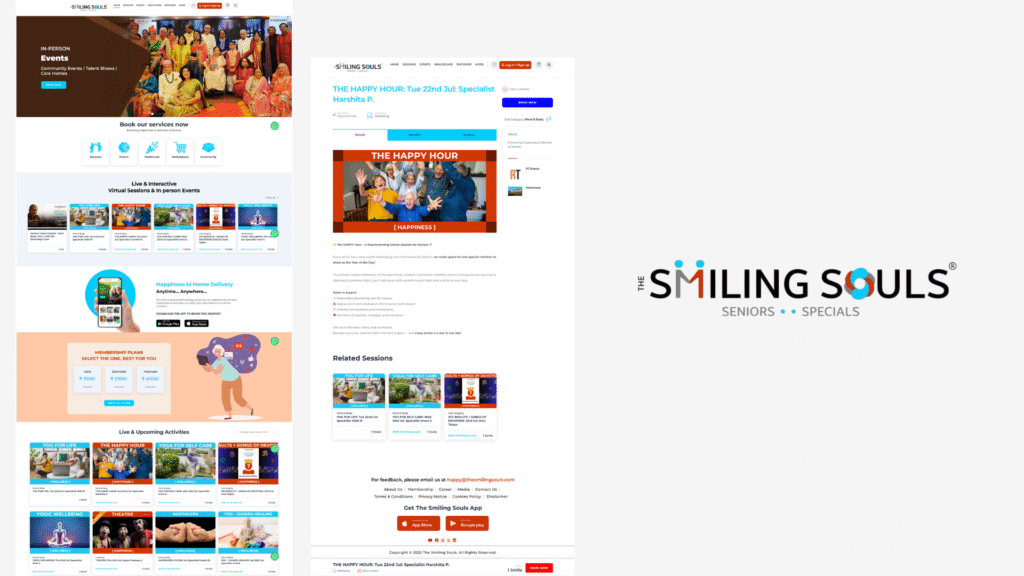How to Start a Shopify Store from Scratch in 2025: Beginner’s Guide
Launching an online store has become more accessible than ever, especially with powerful platforms like Shopify. Whether you’re a budding entrepreneur, a small business owner, or someone looking to dip into e-commerce, starting a Shopify store in 2025 is a smart move. This detailed beginner’s guide will walk you through each step—from initial planning to launching your shop—so you can confidently build a profitable online store from scratch.
Why Choose Shopify in 2025?
Shopify remains a leading e-commerce platform due to its user-friendly interface, extensive app ecosystem, customizable themes, and robust support. In 2025, Shopify has further enhanced its features with AI-driven tools, improved mobile optimization, and integrated payment options, making it the ideal choice for beginners and seasoned sellers alike.
“Starting an online store has never been easier — Shopify simplifies the process with its all-in-one platform.” – E-commerce Expert
Step 1: Planning Your Shopify Business
Define Your Niche and Target Audience
Before setting up your store, it’s crucial to identify what you’re selling and who your customers are. Successful e-commerce stores often focus on a specific niche, allowing them to target a dedicated audience effectively.
- Research trending products or underserved markets
- Analyze competitors within your niche
- Identify your target demographic’s preferences and pain points
Conduct Market Research
Use tools like Google Trends, social media insights, and keyword research tools (e.g., SEMrush, Ahrefs) to validate demand and discover popular products. Customer surveys and forums can also provide valuable feedback to refine your ideas.
Create a Business Plan
Draft a plan outlining your:
- Products and services
- Pricing strategy
- Marketing approach
- Financial projections
- Supply chain and logistics
Step 2: Setting Up Your Shopify Account
Registering and Choosing a Plan
Visit Shopify’s official website and sign up for an account. Shopify offers a free trial (usually 14 days or more in 2025), allowing you to explore the platform before committing to a paid plan.
Plans vary from Basic Shopify to Advanced Shopify. For beginners, the Basic plan often provides all essential features at an affordable price.
Selecting a Domain Name
Your domain name is your online address. Keep it simple, memorable, and relevant to your brand. Shopify allows purchasing a new domain directly through their platform or connecting an existing one.
Step 3: Designing Your Shopify Store
Choosing a Theme
Shopify offers a wide range of free and premium themes that are mobile-responsive and customizable. Select a theme that aligns with your brand aesthetic and appeals to your target audience.
- Navigate to the Shopify Theme Store
- Use filters to sort by features, industry, and price
- Preview themes before installation
Customizing Your Theme
Use the Shopify theme editor to modify layouts, colors, fonts, and images. Add your logo, update banners, and organize menus to create a seamless shopping experience.
Adding Essential Pages
Create pages like About Us, Contact, FAQ, Shipping Policy, and Return Policy to build trust and provide important information to your customers.
Step 4: Adding Products to Your Store
Product Listing Basics
Navigate to the Products section in your Shopify admin panel to add new items. Include:
- Product Title
- Description
- High-quality images
- Pricing details
- SKU and inventory details
- Variants (size, color, etc.)
Optimizing Product Listings for SEO
Use relevant keywords in product titles, descriptions, and tags. Include alt text for images to improve visibility in search engines and Google Shopping.
Step 5: Setting Up Payment and Shipping
Payment Gateways
Shopify supports multiple payment options including Shopify Payments, PayPal, Stripe, and more. In 2025, consider offering diverse payment methods to cater to global customers.
- Enable Shopify Payments for seamless transactions
- Set up alternative gateways for flexibility
- Ensure your checkout process is secure and user-friendly
Configuring Shipping Options
Define shipping zones, rates, and carriers based on your target markets. Offer free shipping thresholds or flat rates to incentivize purchases.
Step 6: Installing Apps and Enhancing Functionality
The Shopify App Store offers tools to boost sales, automate tasks, and improve customer experience. Essential apps include:
- SEO Optimizer – for better search rankings
- Upsell & Cross-sell Apps – increase average order value
- Review Apps – gather customer testimonials
- Email Marketing – integrations like Klaviyo or Mailchimp
- Chatbots & Customer Support – improve communication
Step 7: Launching Your Shopify Store
Final Checks
Before going live, ensure:
- All product details are accurate
- Images load correctly and display well
- Checkout process is smooth and secure
- Store policies are clear and accessible
- Payment gateways are functioning
Going Live
Remove password protection via the Shopify admin dashboard and promote your store through social media, email marketing, and paid ads.
Step 8: Marketing and Scaling Your Shopify Store
Implementing Marketing Strategies
In 2025, digital marketing is crucial. Focus on:
- Search Engine Optimization (SEO)
- Content Marketing (blogs, videos)
- Social Media Advertising (Facebook, Instagram, TikTok)
- Influencer Collaborations
- Paid Search Campaigns (Google Ads)
Analyzing Performance
Use Shopify’s built-in analytics and Google Analytics to track visitor behavior, sales conversions, and marketing ROI. Regular data analysis helps refine your strategies for growth.
Expanding Your Offerings
Over time, consider adding new products, exploring international markets, and leveraging customer feedback for continuous improvement.
Additional Tips for Success
- Focus on excellent customer service to build loyalty
- Regularly update your website with fresh content
- Utilize email newsletters to retain customers
- Stay informed on e-commerce trends and Shopify updates
Conclusion
Starting a Shopify store in 2025 is a rewarding journey that, with dedication and strategic planning, can lead to substantial online success. Follow this comprehensive beginner’s guide, stay adaptable to market changes, and keep optimizing your store for a seamless shopping experience. Success is within your reach — it all begins with taking that first step today.



